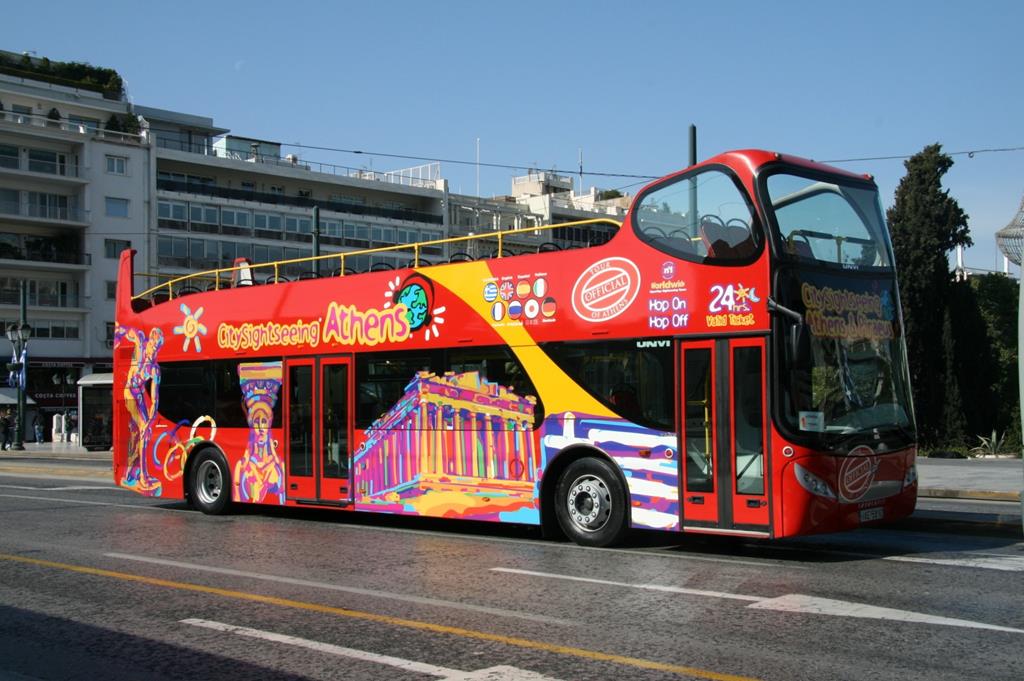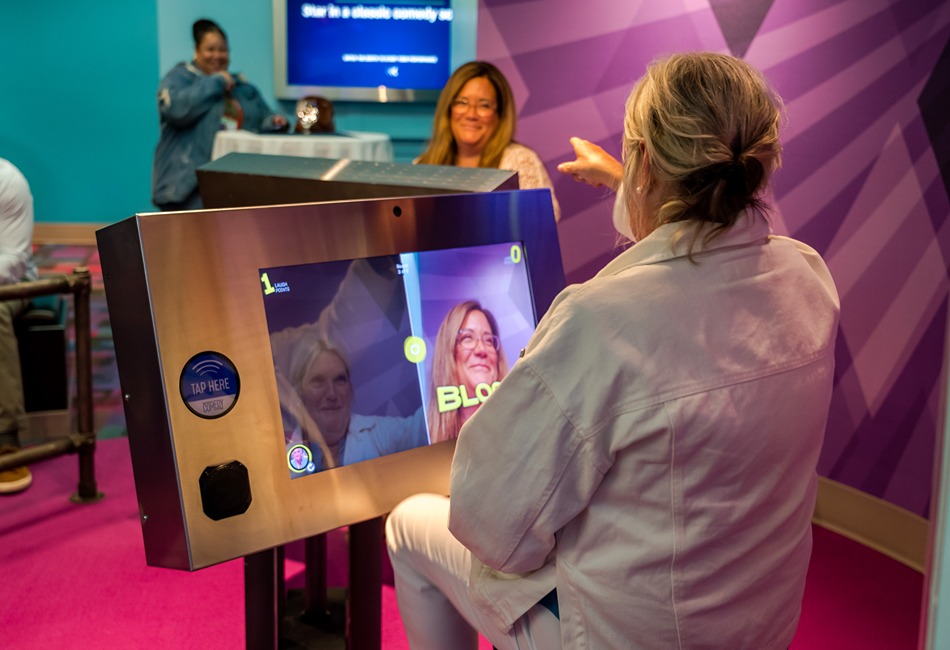Perhaps you’ve been planning trips that run around a lot, often visiting one key city in each of three different countries, all in a week. This may sound like a popular choice, with folks convinced they’re going to get a lot for their money.
But, in truth, on a trip of this nature, much of the time is spent packing and unpacking, watching changing landscapes from the window of the motorcoach as you whiz from one town to another. On the other hand, you might decide to headquarter your group in one city — let’s take Amsterdam, for example — and then plan daily trips and activities for the coming week. It’s an easy city to get around and 89 percent of the residents speak English.
Your group of tour members could settle in, unpack their suitcases, familiarize themselves with the property and then sample a typical Dutch breakfast in the dining room. After check-in, you could give them a few hours to catch up on their sleep after an all-night flight and then plan a first day welcome dinner party wherein you (and all your tour members) would attend the welcome dinner and get to know each other.
On the second day, you might schedule a drive around the city, orienting your tour members as to “what’s where” in relation to their hotel. Luckily, you’ll find the city an easy one to get around in. You might wish to intersperse the drive with a canal cruise part of the way.
For the rest of the week, you could schedule day trips to different points of interest in the city or nearby. Certainly, you’ll want to include an in-depth visit to the world-famous Rijksmuseum with its Dutch art and history from the Middle Ages to the present, including the works of Rembrandt, Vermeer and Frans Hals. Other must-sees include the Anne Frank House, where Anne and her family hid from the Nazis in the attic during World War II; the Van Gogh Museum and the famed Keukenhof Gardens, with its 800 varieties of tulips in the spring.

You will also want to include a day’s visit to nearby Rotterdam, the Netherlands’ second-largest city with the world’s largest port, the massive Europoort facility and the nearby children’s village of Kinderdijk with its collection of 18th-century windmills – a UNESCO World Heritage site.
The advantages of a single core city destination in this type of tour structure are many. Here are a few of them:
- The group gets to feel comfortable with the host city, their hotel and their local guide(s).
- Tour members who may have limited energy can opt in or out of certain activities. Your senior members may find this a boon if they have limited strength and can rest and keep up their energy for the rest of the day or for the evening.
- Members can unpack, hang up their clothes and not just live out of a suitcase. They will get to know the hotel personnel – their room maid, the dining room servers and others. They will also get to know the neighborhood – where the nearest pharmacy is, their favorite café, etc.
- The trip can be tailored to suit the interests of a particular market. What may be of interest to seniors may not satisfy a group of high school students or vice versa.
In short, when you first plan the trip, you can shape the trip to what you perceive as appropriate activities for your participants. But as you move along, you might reschedule some events as they are appropriate to the interests, age, health and activity level of your participants. The above strategy in planning can often produce a more meaningful trip for various types of clientele. Just be sure you provide equal activities all the way around so no one feels you cancelled the one thing they really wanted to do and paid for.
Marty is a Certified Travel Counselor (CTC) with a long history in the travel/tourism industry. She has been a tour operator, worldwide trip leader, college tourism instructor and textbook author. Her consulting firm is Sarbey Associates (sarbeyassociates.com)






